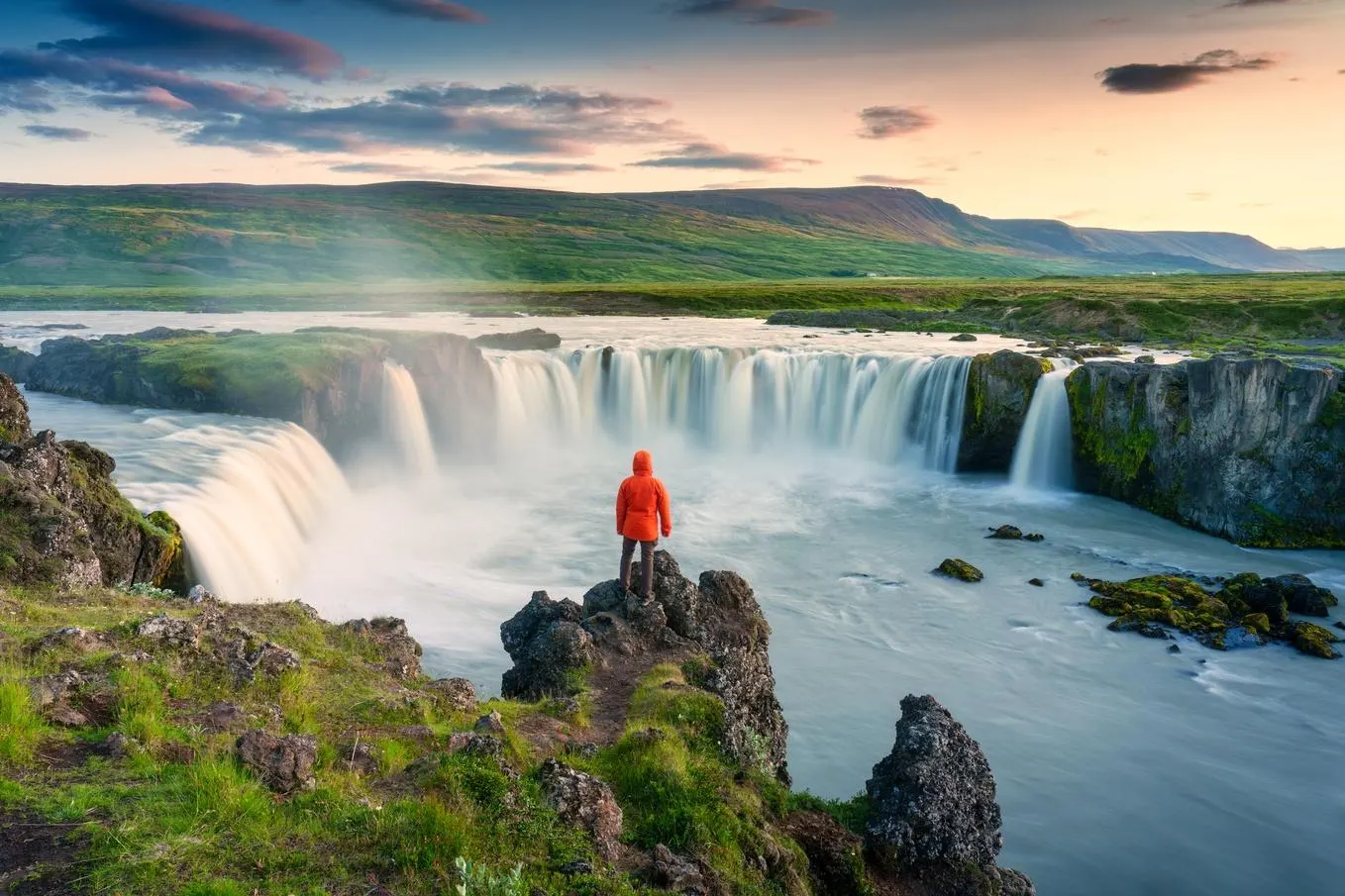Exploring Safety: The World’s Safest Countries to Visit in 2025

In an era marked by uncertainty, finding safe travel destinations has never been more important. With the world plagued by unrest, terrorism, and natural disasters, travelers seek not only beauty and adventure but also security. Despite these challenges, international tourism continues to thrive. According to the UN World Tourism Organization, travel increased by 11% in 2024 compared to the previous year, showing that the desire to explore remains strong. For those prioritizing safety, the annual report by Berkshire Hathaway Travel Protection (BHTP) on the Safest Countries in the World for 2025 provides valuable insights.
Iceland tops the list, known for its serene beauty and exceptionally low crime rates. The country’s peaceful nature is complemented by its harmonious relationship with the forces of nature, such as volcanic activity. With only one main highway, the risks of traffic accidents are minimized, making it one of the safest destinations in the world.
Australia follows closely, boasting a vast landscape with low crime rates and natural beauty. However, its wild beauty comes with cautionary tales: travelers must remain alert to the dangers posed by creatures like jellyfish and saltwater crocodiles, which are part of the country’s unique wildlife.
Canada, dropping from first place last year, remains a peaceful haven, known for its expansive wilderness and low population density. While the country is generally safe, visitors should be cautious in natural reserves, where encounters with wildlife are common.
In fourth place, Ireland appeals to tourists with its friendly locals and stunning countryside views. However, narrow, left-handed roads may pose a challenge for those unfamiliar with the area.
Switzerland ranks fifth, celebrated for its orderliness, efficiency, and excellent infrastructure. While the country is generally safe, travelers should be mindful of the risks posed by avalanches and landslides in the Alpine regions, particularly due to climate change.
Other top destinations include New Zealand, which ranks highly due to its biosecurity measures and remote location, and Germany, which has seen its rank improve due to the safety of its cities and peaceful countryside.
The report also breaks down safety aspects by category. Norway tops the list in terms of protection from violent crime, with Canada and Australia following closely behind. The United Arab Emirates is recognized as the safest country in terms of terrorism prevention, highlighting its strong security measures.
When it comes to road safety, Canada and Australia share the top spot due to their vast, empty stretches of road, offering peace of mind to travelers. Health systems also play a crucial role, with Canada, Norway, and New Zealand ranking highest for their efficient healthcare and delivery systems.
New Zealand is also noted for being an inclusive destination, regarded as one of the best places for women, LGBTQ+ travelers, and people of color. Its emphasis on equality and safety makes it a beacon of inclusivity for travelers seeking a safe environment.
While the United States is not in the top 15, certain regional destinations in the country continue to prioritize visitor welfare. The Safety Hall of Fame highlights countries like Switzerland, Australia, Canada, and Japan, which have maintained their top rankings since 2018 due to their unwavering commitment to safety and security.
In a world filled with uncertainties, these safe destinations provide a sense of security and hope for travelers. From the tranquil lands of Iceland to the rugged beauty of Australia, these countries offer not only adventure but also peace of mind. For cautious travelers, 2025 promises a year of exploration without compromising safety.



